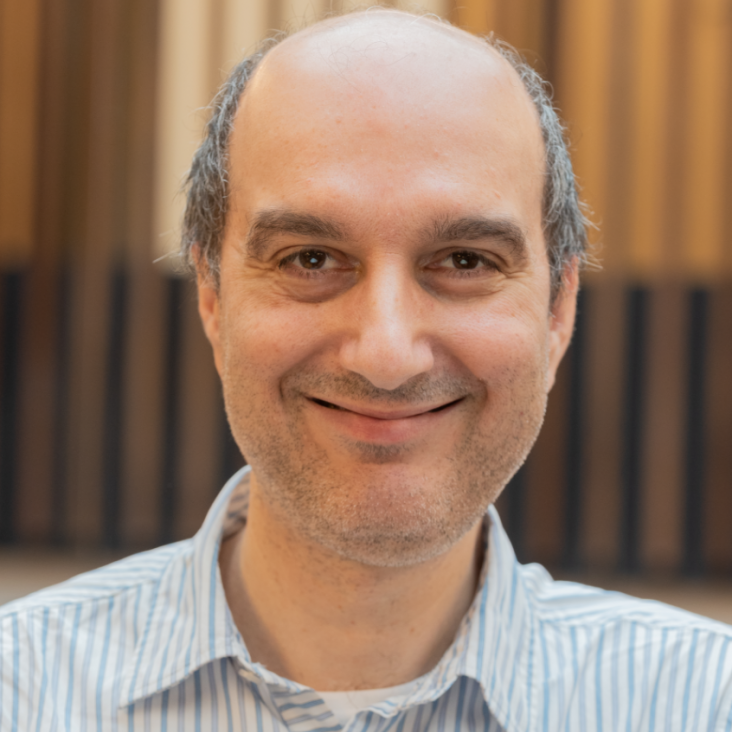The institution and the anniversary of Augustus' birthday in epigraphic documentation
MAIA-Rivista di Letterature Classiche 68:2 (2016) 446-459
Abstract:
This study explores the institution of a public holiday on September 23rd, Augustus' birthday, the related ceremonies and especially its commemoration along the centuries through epigraphical records. These documents mainly consist in Calendars, the so-called Fasti, but we also analyze inscriptions dedicated on this special day. We have noticed that this commemoration quickly became an instrument of propaganda and then one of the most important anniversaries of Rome's history, celebrated for a long time.Theory of Thomson scattering in inhomogeneous media
Scientific reports Nature Publishing Group 6 (2016) 24283
Abstract:
Thomson scattering of laser light is one of the most fundamental diagnostics of plasma density, temperature and magnetic fields. It relies on the assumption that the properties in the probed volume are homogeneous and constant during the probing time. On the other hand, laboratory plasmas are seldom uniform and homogeneous on the temporal and spatial dimensions over which data is collected. This is particularly true for laser-produced high-energy-density matter, which often exhibits steep gradients in temperature, density and pressure, on a scale determined by the laser focus. Here, we discuss the modification of the cross section for Thomson scattering in fully-ionized media exhibiting steep spatial inhomogeneities and/or fast temporal fluctuations. We show that the predicted Thomson scattering spectra are greatly altered compared to the uniform case, and may lead to violations of detailed balance. Therefore, careful interpretation of the spectra is necessary for spatially or temporally inhomogeneous systems.A laboratory model of post-Newtonian gravity with high power lasers and 4th generation light sources
CLASSICAL AND QUANTUM GRAVITY 33:7 (2016) ARTN 075010
Laboratory astrophysical collisionless shock experiments on Omega and NIF
Journal of Physics: Conference Series IOP Publishing 688:1 (2016)


